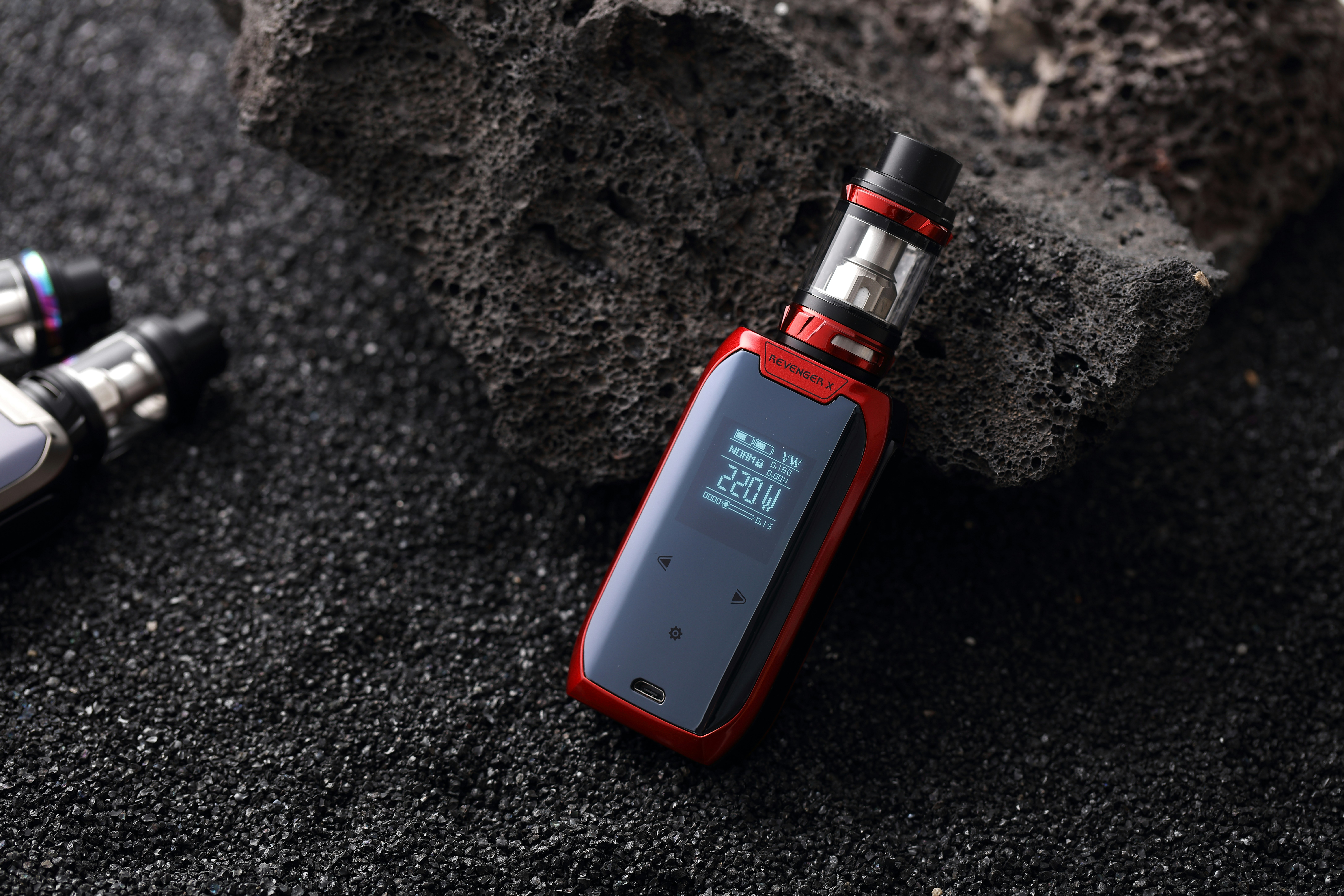The media has recently highlighted the disturbing influx of illicit fentanyl, especially the novel “rainbow” fentanyl, into the United States. It is important to understand why this is so concerning and why this is not just a seasonal fad. The DEA speculates that this new form of fentanyl is being targeted at young Americans, and with Halloween just around the corner, the fear that children will unwittingly consume these drugs as “candy” has been prominently featured in the media. This drug was first reported to the DEA around February 2022.
Fentanyl is extremely dangerous – more than 72,000 Americans died from fentanyl in 2021. Fentanyl abuse doesn’t need any special effects to add cheap scares; fentanyl is serious, dangerous and deadly. Let’s take a look at:
- What rainbow fentanyl is
- Why this opioid is so dangerous
- Treatment for fentanyl dependence and/or addiction
- What to do in the case of fentanyl overdose
What is Rainbow Fentanyl?
Rainbow fentanyl is the term used to describe the wave of brightly colored fentanyl in both powder and pill form. The pills can also have various shapes. Rainbow fentanyl has been seized by the DEA in 26 different states. DEA Administrator Anne Milgram stated in a press release that “Rainbow fentanyl—fentanyl pills and powder that come in a variety of bright colors, shapes, and sizes—is a deliberate effort by drug traffickers to drive addiction amongst kids and young adults. The men and women of the DEA are relentlessly working to stop the trafficking of rainbow fentanyl and defeat the Mexican drug cartels that are responsible for the vast majority of the fentanyl that is being trafficked in the United States.”
One New Jersey drug trafficker, intercepted by officials, was found with more than 15,000 rainbow fentanyl pills hidden between Lego blocks. This has been the largest bust in New York to date, and although they were brought into New York via New Jersey, the pills were thought to have had originated in Mexico. Although many of the pills had been marked with an “M” and a “30” to resemble Oxycodone, the use of toys and the bright colors may have contributed to the belief that these drugs are being targeted at younger people. New York City Special Narcotics Prosecutor Bridget Brennan speculated that, “[Rainbow fentanyl] looks partly like an attempt to market fentanyl as a party drug.”
However, Dr Sheila Vakharia, of the Drug Policy Alliance suggests that the bright colors may have nothing to do with marketing the drug – it may just be a way for different dealers to identify and mark their “products”.
Why Rainbow (or any other) Fentanyl is so Dangerous
Although university professors and the media are raising questions around whether these drugs are indeed being marketed to children, the scary truth is, regardless of who the drugs are being targeted at, the Opioid Crisis is still a reality. According to the CDC, overdose deaths continue to worsen in the USA. Death by lethal overdose is still the leading cause of injury-related death in the US, with the majority of these related to opioids, especially illicit fentanyl.
Fentanyl is extremely dangerous – even in tiny amounts. Fentanyl is 50 times more potent than heroin and 100 times stronger than morphine. As little as 2mg (think a few grains of table salt) can be a lethal dose and, without laboratory tests, there is no way to tell how much fentanyl is in one pill.
The DEA launched the One Pill Can Kill campaign in response to how many fake pills have been saturating the drug market. They also released great information surrounding what parents and caregivers should know about fake pills. Fentanyl has been found in pills that look like Oxycodone, Xanax and Adderall and is often used to lace other illicit drugs. Caryelle Lasher, Director of the Camden County Department of Health reported that, “We’ve had overdoses that have been fatal and taking the lives of people that thought they were consuming Adderall or Xanax or Percocet and really it was all or largely fentanyl.”
Even if a person doesn’t take a lethal dose, opioids are extremely addictive and continued use, even for a short amount of time, can result in dependence or Opioid Use Disorder.
Treatment for Fentanyl Dependence and Addiction
Despite the current influx of fentanyl into the United States and the extreme danger it poses, there is hope. The NIH HEAL Initiative is funding research into the prevention and treatment of opioid use disorders and includes research into:
- Optimizing Care for People with Opioid Use Disorder and Mental Health Conditions
- Preventing Opioid Use Disorder
- Sleep Dysfunction as a Core Feature of Opioid Use Disorder and Recovery
- Optimizing the Duration, Retention, and Discontinuation of Medication Treatment for Opioid Use Disorder
- Prevention of Progression to Moderate or Severe Opioid Use Disorder
- Collaborative Care for Polysubstance Use in Primary Care Settings (Co-Care)
The positive aspect of all this media attention is the increased awareness around fentanyl and opioid use disorder. Overdose deaths from fentanyl can be prevented and, if you suspect that you or a loved one may need treatment, treatment centers like Lakeview Health are here to help. Education surrounding any drug is always a great first step. Find out more about fentanyl and its treatment options here.
What to do in Case of a Fentanyl Overdose
Signs of Fentanyl Overdose:
- Excessive drowsiness or sleepiness
- Dizziness
- Confusion
- Slow, shallow or stopped breathing
- Difficulty breathing
- Smaller pupils
- Unable to respond or wake up
- Cyanosis (turning blue from lack of oxygen in the blood, especially noticeable at places where the skin is thinner, such as the lips or nails)
Steps to Take in Case of a Fentanyl Overdose:
- Remove fentanyl from the person’s mouth (if possible)
- Administer the first dose of naloxone (Narcan) – if available
- Call 911 or emergency services
- If the symptoms return within a few minutes of the first dose of naloxone, administer another dose
- Additional doses can be given every 2-3 minutes if symptoms of overdose persist (a person cannot overdose on naloxone, as it simply blocks the effects of the opioid)
- Keep watch over the person until medical help arrives
Treatment centers for addiction treatment and recovery, such as Lakeview Health, are always ready to help those affected by drugs like fentanyl. With the assistance of compassionate medical professionals, recovery is possible. If you or a loved one is looking for fentanyl or opioid treatment reach out to Lakeview Health’s admissions team today. Learn more by contacting us at 866 704 7692 or reaching out online.




